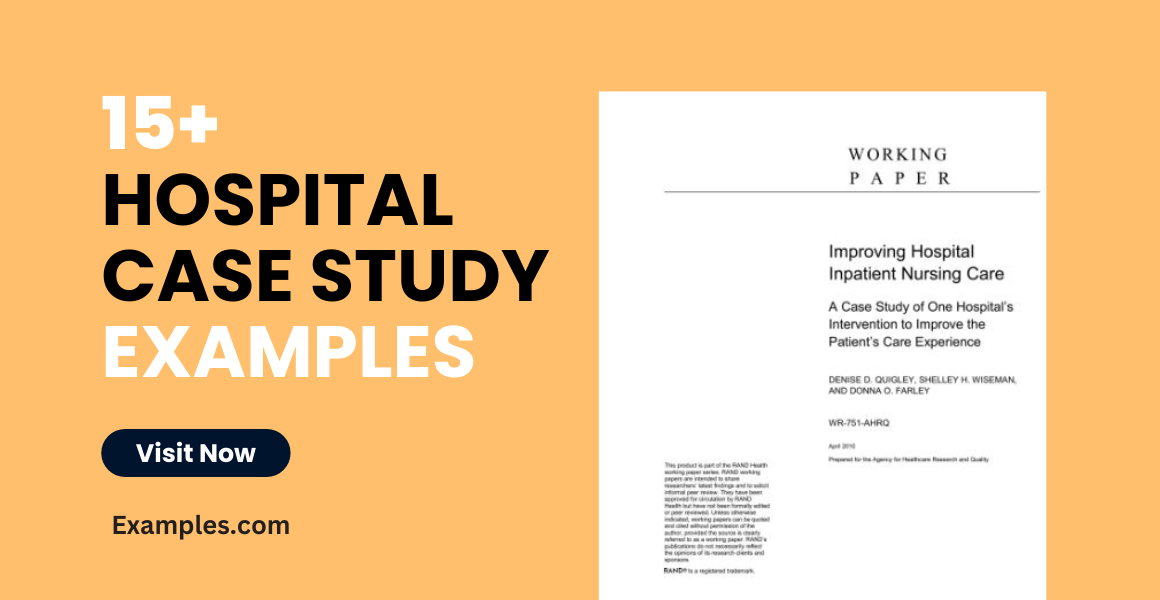15+ Hospital Case Study Examples
We can use case studies to gain an up-close and personal understanding of a subject in its natural context. Although it doesn’t hold as much evidence as empirical investigation, we can still gain insights about the perils of the medical community from hospital case studies. Because they are a method of research that concerns a small, nonrepresentative group, they are generally exhaustive in terms of details and information.
What Is a Hospital Case Study?Hospital Case Study
Case studies, in its fundamental form, is an in-depth analysis of a situation with a proposal for changes. Hospital case studies are like medical case studies. However, instead of focusing on novel, rare, and undocumented cases of diseases and patient conditions, these case studies are about cases and propositions that will, ultimately, improve hospital operation. We need case studies because there will always be an exemption to the rule. Real experience may not always be the same for everyone. What works for nine hospitals may be inefficient for the 10th. That doesn’t mean that that one hospital will have to follow the general rule or process at the cost of service quality.
Harbinger of death
Hospitals are supposed to be where the sick regains health. However, around the 1800s, these places were home to hundreds of mysterious deaths. Mothers were dying painfully after giving birth. The alarming fact is that delivery complications did not cause mortality. The tragic thing was that infections were the ones claiming lives. After investigation, physician Ignaz Semmelweis caught the culprit barehanded. Medical students and professors unknowingly transmitted harmful streptococci bacteria to the patients. And it wasn’t because they were purposely harming the mothers. Gloveless, the medical personnel would perform autopsies on corpses. After, they would go the wards and examine laboring women. The number of deaths declined when the doctors and students started to wash their hands as part of the hospital protocol.
Forward momentum
Our quality of health and health care has improved since the 1800s. Hospitals are still riddled with disease-causing pathogens, but because of improvement in healthcare practice, we have fewer chances of dying when we go see the doctor. Keeping the patients alive is not a paramount prerequisite of quality health care. There are aspects of the hospital that are indirect contributors to health care, but when neglected can spell disaster. These features may not be present in all hospitals or have a different derivative. Hospital case studies work best for local-scale improvements. Even though case studies are still meant to be made public for transparency and future reference. Because, like the handwashing story, a proposition can improve the entire medical practice.
Case permutations
There are different types of case studies. But because they are fruits of the same tree, they typically have the same structure. Think of it as an evolutionary descent of case studies, where though there have been multiple divergences of lineages over time to suit a situation, they contain a genetic code that remained unchanged. The mitochondrial DNA of case studies are as follows:
Title: A good title goes a long way. It informs your readers on what the study is about. It doesn’t have to be boring. You can create a catchy title that encapsulates the content of the case study in a few words.
Executive summary: Although some people are using abstract sections, the summary is a brief about your entire case. Generally, readers refer to this section to know if they’re looking at the right case study for reference.
Background: This section introduces the subject of your research. In clinical case studies, this page orients the readers about the patient. For hospital case studies, this can be about the institution and the case to be presented.
Evaluation: This part explains in detail the problem that needs to be addressed. It tells how the issue came to be, its effect on the concerned department, and how it hampers the function of the institution.
Plan: This segment provides suggested resolutions to the problem. There can be multiple solutions. The chosen solution has to be justified by feasibility, appropriateness, and efficacy.
Results: Like any initiative, a program does not stop at the execution of the proposed strategy. This page shows the feedback and progress of the action. This serves as the basis in deciding if the solution will be fully integrated into the system.
Redefining health care
Health care providers in the United States and the rest of the world are striving to keep up with the times. They are on the lookout of ways that they can better patient care and hospital operations and processes. The following are examples of hospital case studies that investigated and presented projects and initiatives, from practice to infrastructure, on what can hospitals do to update their system.
Hospital Case Study Examples
1. Patient Care Case Study

ahrq.gov
2. Hospital Architecture Study
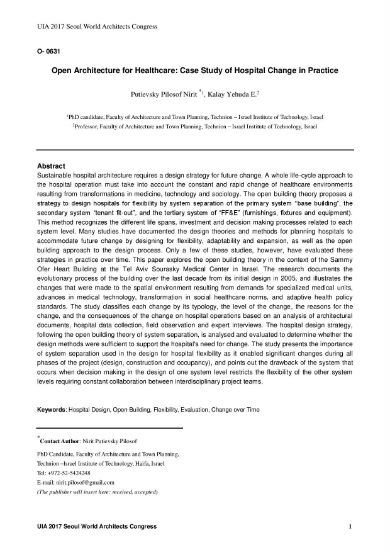
uia2017seoul.org
3. Hospital Layout Study
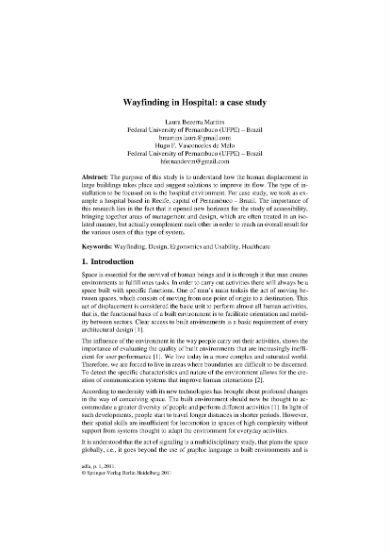
researchgate.net
4. Patient Care Study
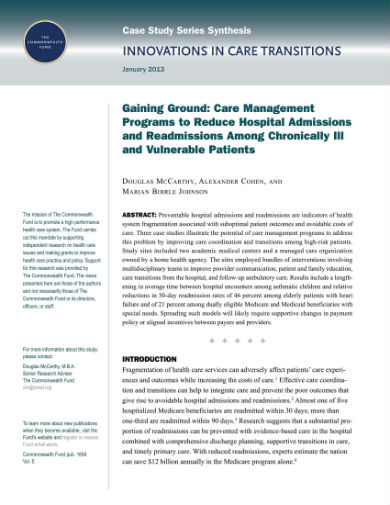
pcpcc.org
5. Rural Health Care Study
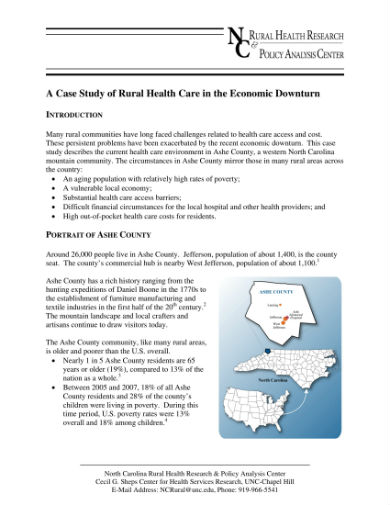
shepscenter.unc.edu
6. Hospital Case Study
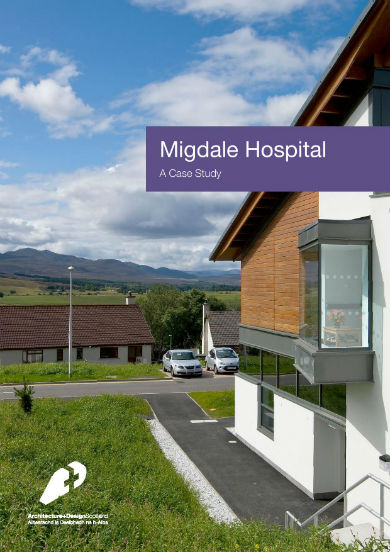
ads.org.uk
7. Medical Practice Study

blood.gov.au
8. Hospital Improvement Study
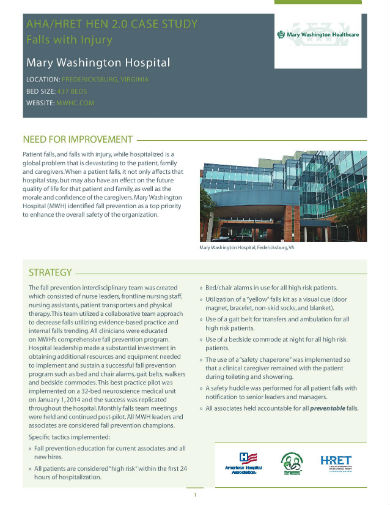
hret-hiin.org
9. Compilation of Case Studies

cms.gov
10. Obesity Case Study
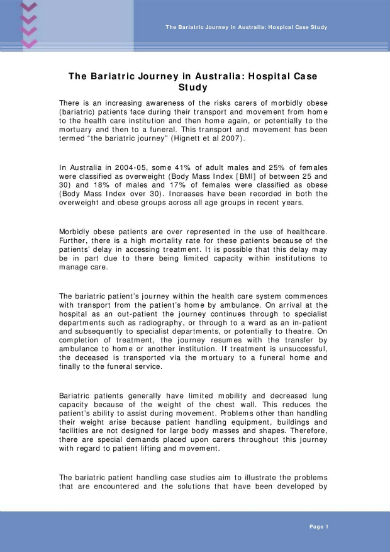
safeworkaustralia.gov.au
11. Hospital Data Management
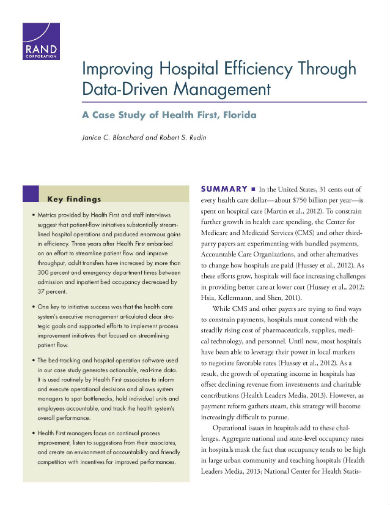
rand.org
12. Hospital Workforce Study

who.int
13. Process Improvement Study
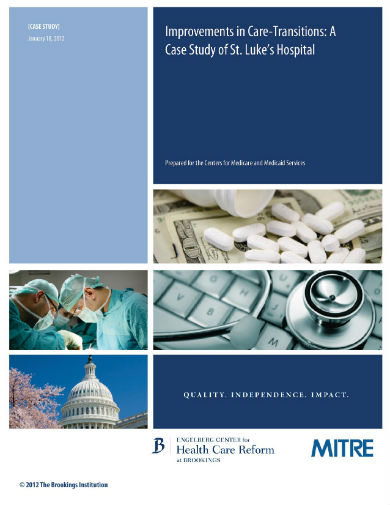
brookings.edu
14. Hospital Care Study
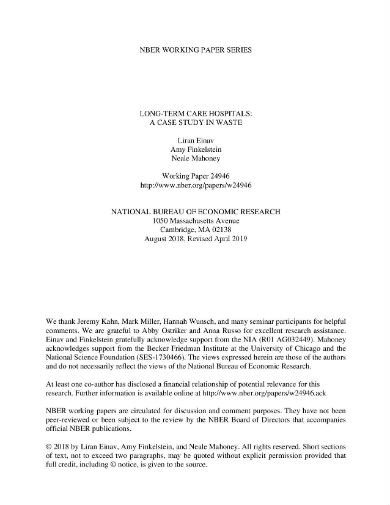
nber.org
15. Medical Records Study
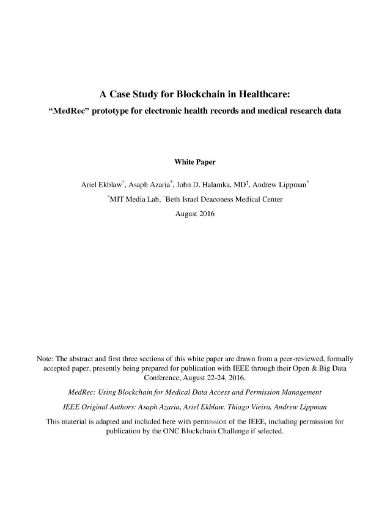
healthit.gov
16. Hospital Merger Study

ftc.gov
Use or Misuse: Case study
The usefulness of a hospital case study, despite it being about a more personal encounter than evidence-based research, lies on its effect on the institution. How do you determine if the challenge at hand requires a case study?
1. Does the Shoe Fit?
Despite the advantages of case studies in improving hospital operations, not all problems require in-depth treatment. Before spending the organization’s resources, ask yourself first if there is a need to conduct the study? There might be faster solutions. Case studies, because of their nature, takes time. Instead of helping you, making a case study might mean more losses for your institution in this case.
2. Nose in the Book
Before you spend time and resources for your case study, you have to research the subject first. A similar problem may have already been resolved. You can gain insight into how others dealt with the issue and apply their solutions to the challenge at hand. By consulting with available sources first, you save yourself and the institution from paying heftily for a reiterated solution.
3. Know your Enemy
After you decided that the issue needs to be resolved with the help of case studies, you have to determine the focus of your research. This means that you have to specify the problem and see it for what it really is. You have to zero in on the issue. If you don’t, all your succeeding efforts to find resolution wouldn’t be fruitful. To solve the problem, you have to identify it first. Determine their causes and how they affect the hospital.
4. Fairest of Them All
Too much of a good thing is bad. After you have analyzed the situation, you are stumped with an unlikely predicament. There are too many choices on how to resolve the issue at hand. You might be tempted to apply everything. This is counterintuitive. Your best approach in this scenario is ranking the choices and deciding which ones will be most appropriate for the problem. This is where tracking the initiative’s progress will help you. You can use it as a basis to integrate or scrap a project.


